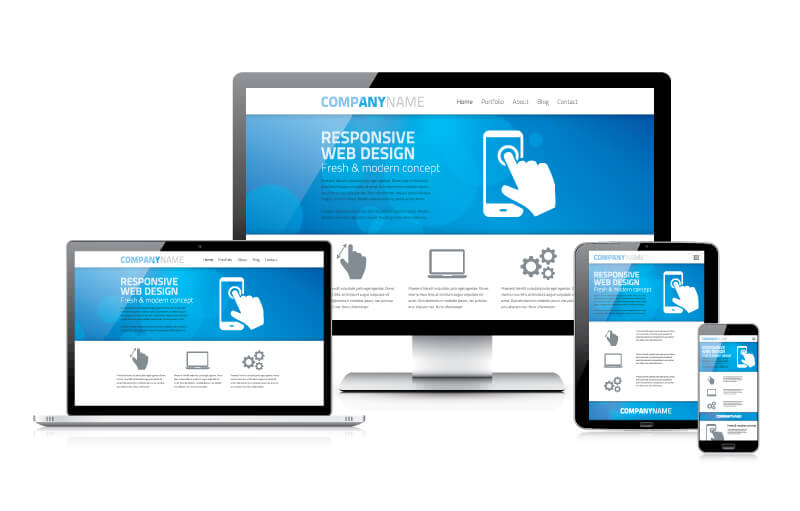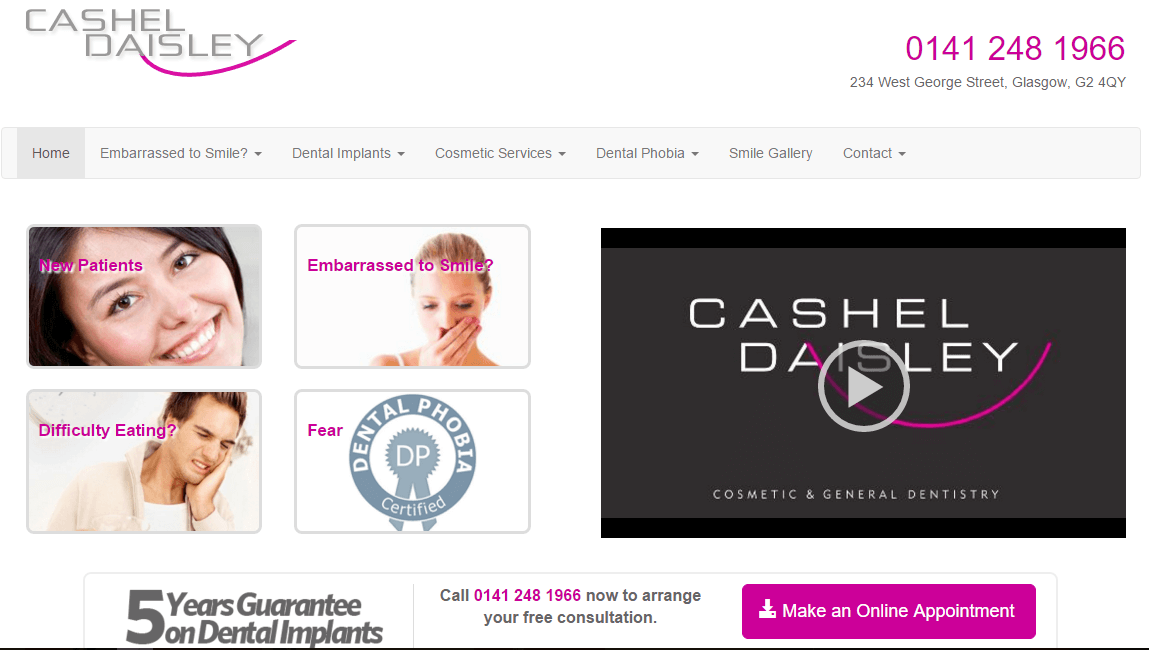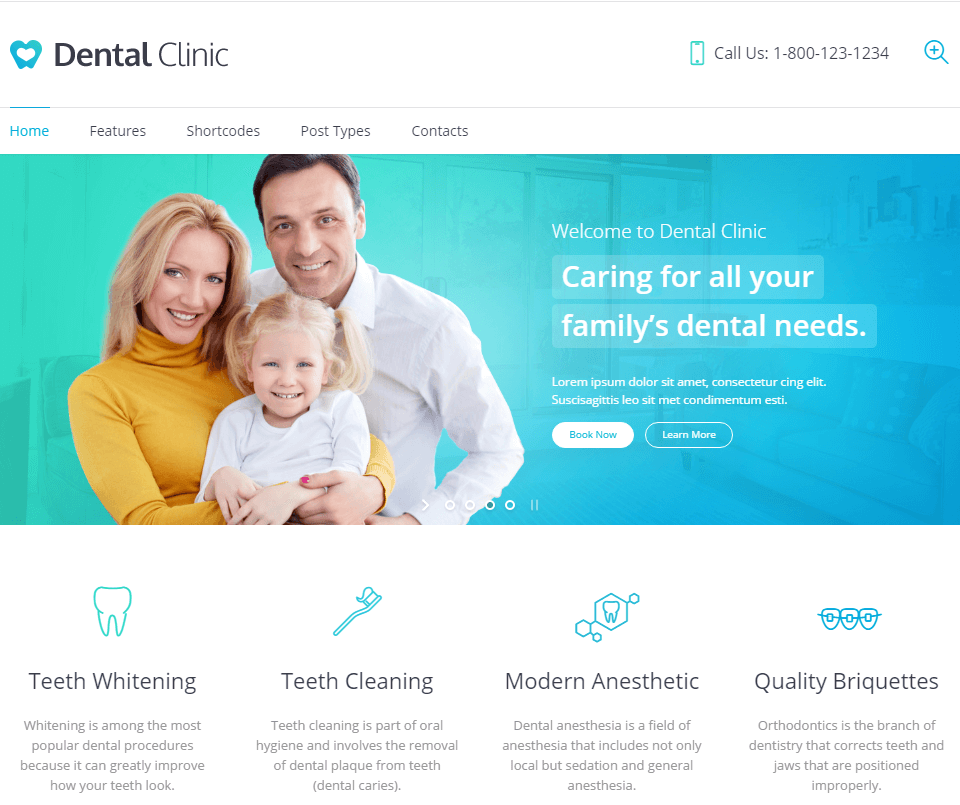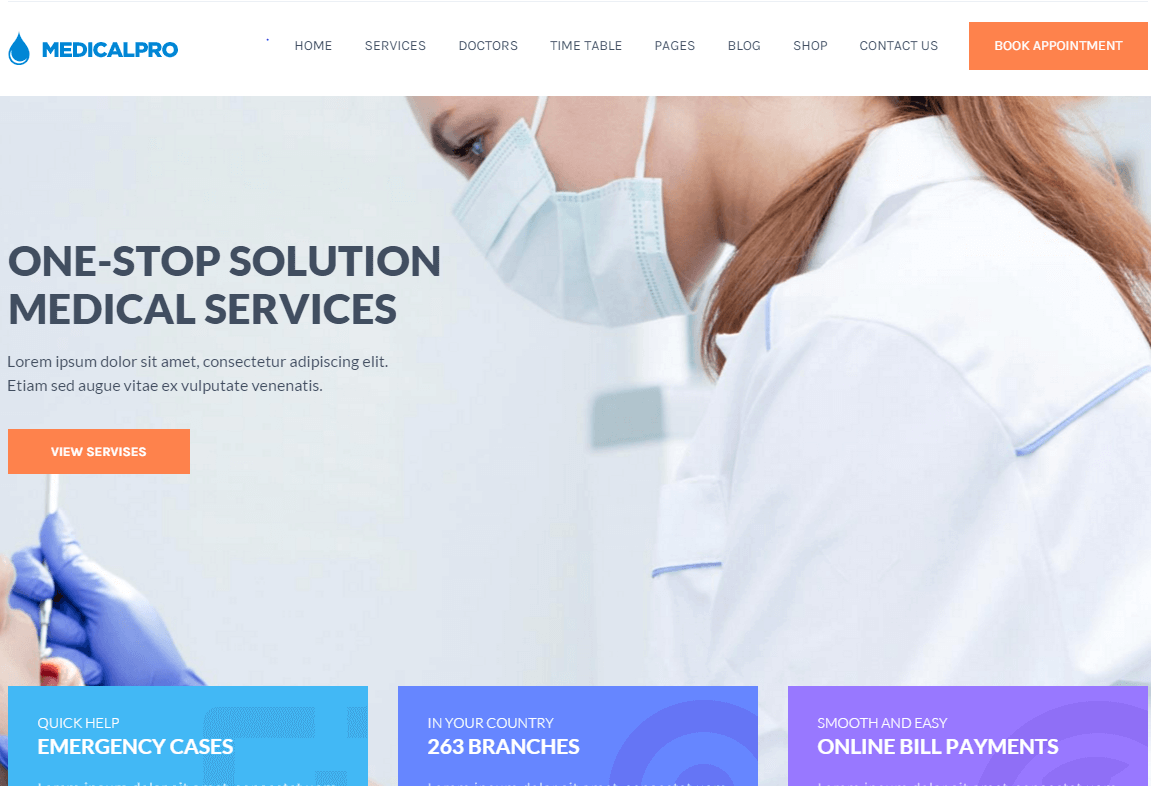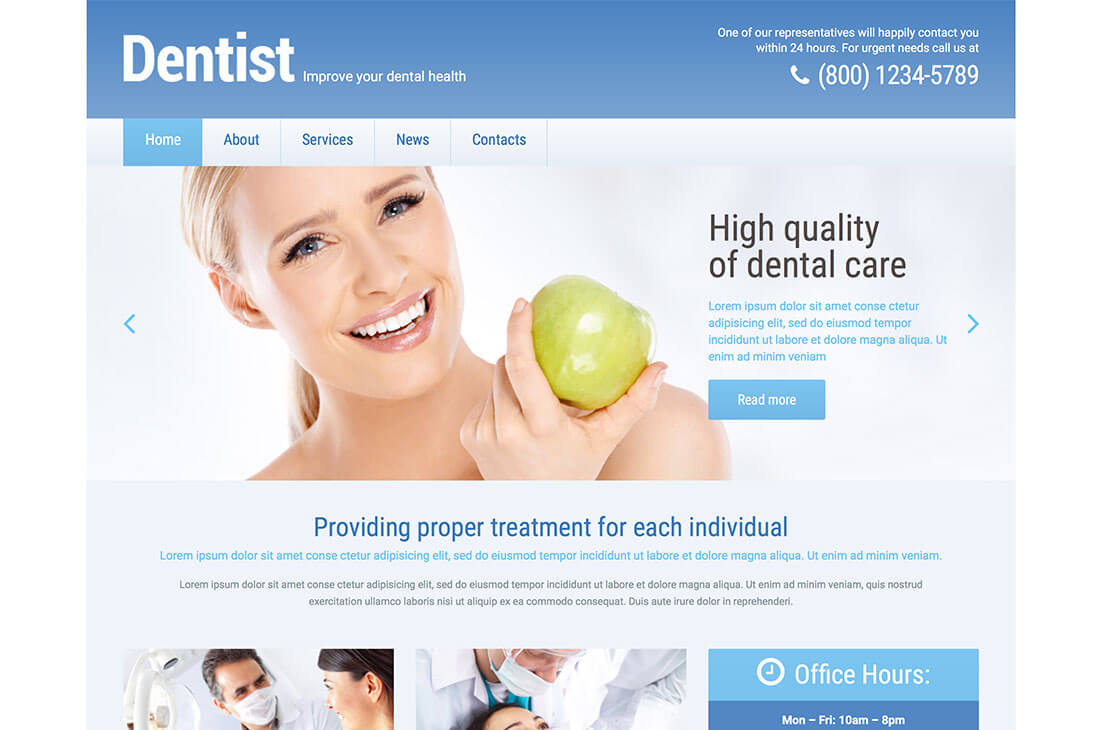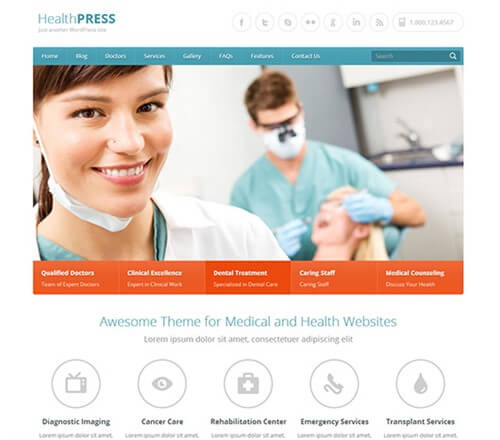Dental websites that convert.
Every dentist knows the importance of having a website these days. However the difference between a good looking dental website and one that converts traffic into new patients is fundamental. This is why Deseo should be your design partner.
We design beautiful dental websites than convert visitors in patients. We do this through a proven design methodology that understands the needs of a visitor and presents the right information at the right time. Most importantly along with the right ‘Call To Action’.
This approach along with our dedicated SEO team’s involvement in the entire design process not only ensures that you have a great looking site, but that it also ranks in the top rankings in Google. Otherwise whats the point in looking smart if no-one sees you?
Numerous website options
The dental website design process
The Brief
Step 1. Understanding your brand and objectives to create the brief.
Design Phase
Step 2. Design the website to visually bring your brand to life.
Build Phase
Step 3. Our developers take the designs and create the website.
Optimisation
Step 4. The job starts when the site is live. Continually optimising it is where others fail.
Advice on designing a website
Building a dental website has become easier with the many “build your own” templates and webpage hosting sites available, but to produce a truly professional site, using a web building design firm is the most intelligent method. While it is true there are a number of great sites out there that have been built using the tools available on the net, design firms offer services and options not available with the do it yourself options.
There are elements that must be included in order to have the highest quality site that your customer will find inviting, easy to navigate and engaging. There are literally countless formats that can be used to build a site, so using a design firm will help narrow down the options and create a cohesive flow. The experts at Deseo are the leaders in building dental websites, and can create a design that is right for your dental practice. The process of building a website is pretty straightforward and outlined below
Getting Started
Step one in getting your dental website going is to contact us, either via phone or through our contact form. In order to build a site that is personalized, fits your style and vision for your dental practise, we need to get a feel for who you are and what you are looking for. We’ll discuss the factors that we will add to your site and how they will benefit you. We’ll gather your information and together we will decide the best format and the WordPress template that best suits your needs. We will discuss several options available to you, including how site management is at your fingertips so you can easily make changes should you need them. We will also help you with Dental Design
Choosing a website package
At Deseo, we offer website design packages for every size practice, with pricing beginning at £1500. Our most popular package includes a website overhaul every three years. No matter which package you choose, all of our website designs include the content management system that allows you to update your site as needed so you don’t have to wait for the IT guy.
We also create sites that work on all mobile technologies such as phones and tablets, as trend are showing that more people are using their mobile devices to access the web. We also include a blog on your site. This blog will be SEO optimised and will also provide new, fresh content that keeps your website up to date and encourages new traffic, resulting in new patients.
An inclusive design process
Get started by perusing the templates we have as examples or do a search to locate on that you feel represents your dental practise. Once you have made a decision on which template reflects the look you want, we will discuss what it will cost to personalise it. Then we discuss content and how we can ensure that the site complies with CQC and GDC guidelines. Our number one concern will be the responsiveness of your website. A site must be user friendly to ensure the visitors to it will be able to navigate it simply and get to where they wish to go without any issues. This element will also influence where it lands in Google search results, and our goal is to get your site to number one.
We will then consider the key elements that the website needs to accomplish the goal of attracting new patients. Your website is your online calling card and billboard, so it should showcase what your practise specialises in. Each page of your site can showcase a different service. Finding these services is important and we are here to make it happen. Always include a call to action.
Design Elements
Next you will need to consider what content is appropriate. You will need to select a banner, and this is also key in helping your business. This is the first thing visitors to your site will see; therefore it is extremely important as first impressions are lasting impressions.
Each treatment offered needs its own page. It is crucial that the content match local search queries in order to be successful. Also consider using a video to introduce your practise and your services as research shows that site visitors are more likely to watch videos than to read lengthy copy. This also helps to increase time spent on the site, moving it up in the Google search results.
Also make sure to include all the elements that are required by regulatory agencies. Information should include:
Contact information
Must include professional qualification number and country that issued it, and GDC number
Each webpage must display the full name and address of page
A link to the GDC, or their complete contact information
Must include contact information on how to file a complaint and the agency to file it with, the Dental Complaints Services
Date of the latest update must be included each time changes are made to the site
Unless holding a specialised certificate, such as orthodontist, the term “specialist” may NOT be used
Final thoughts
That covers the process rather thoroughly. The final step will be reviewing your website, checking it for the SEO content against the search results and launching the site. While sites can be compiled for as little as £1500, the typical dental website will cost between £2,500 and £5,000.


